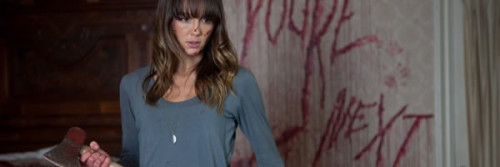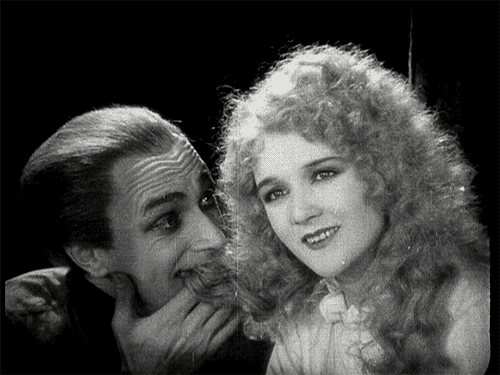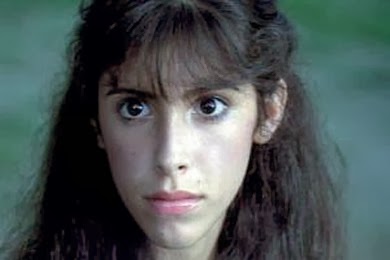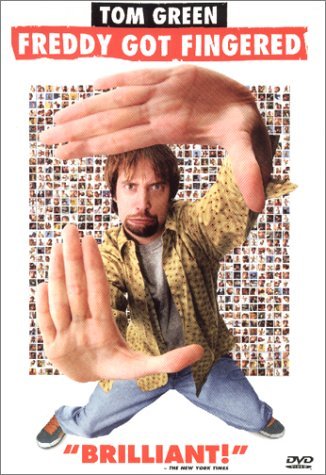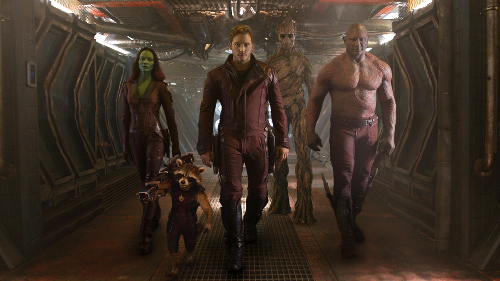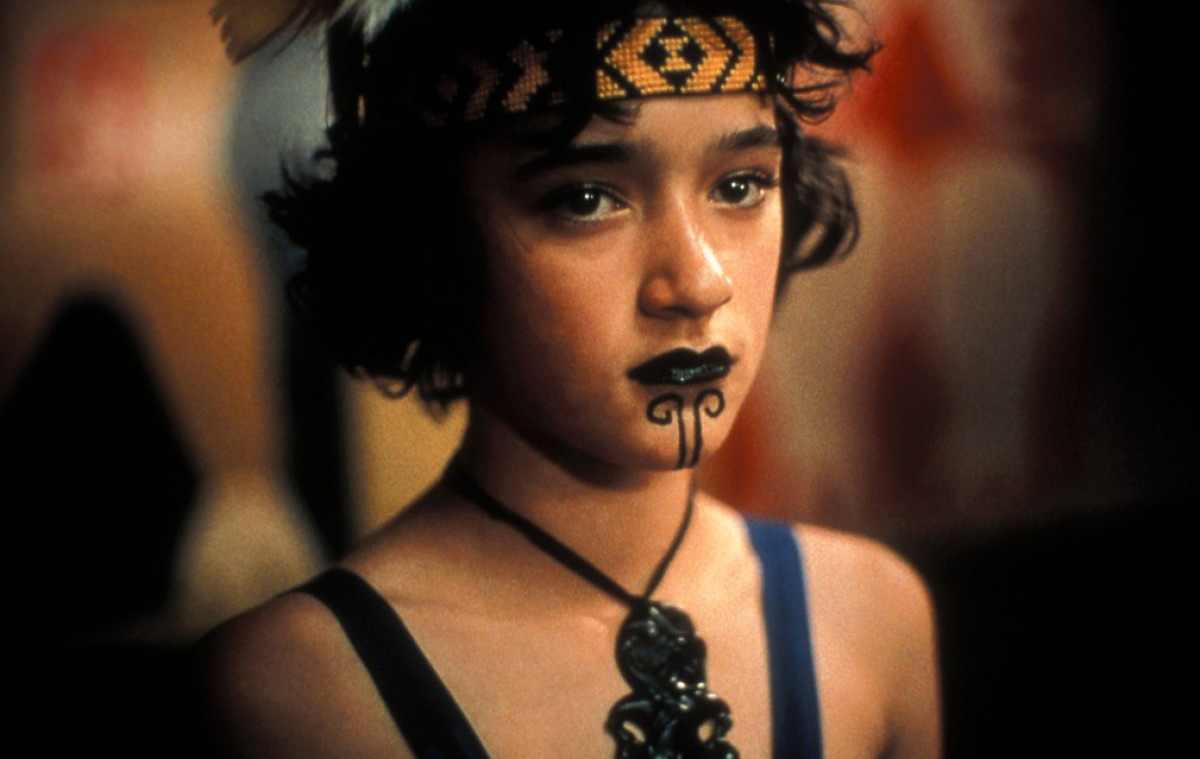You Never Want to Do Something Interesting: How ‘You’re Next’ Became One of the Most Empowering Horror Films for Women
It has been dissected time and time again on the way the horror genre has misrepresented women both on the screen and off, but whenever a film comes along and represents a female character as something different, we immediately bring praise to the filmmakers. While this practice is admittedly problematic, the only reason we stress the importance of these “strong female characters” is in large part due to the lack of positive female representation.
